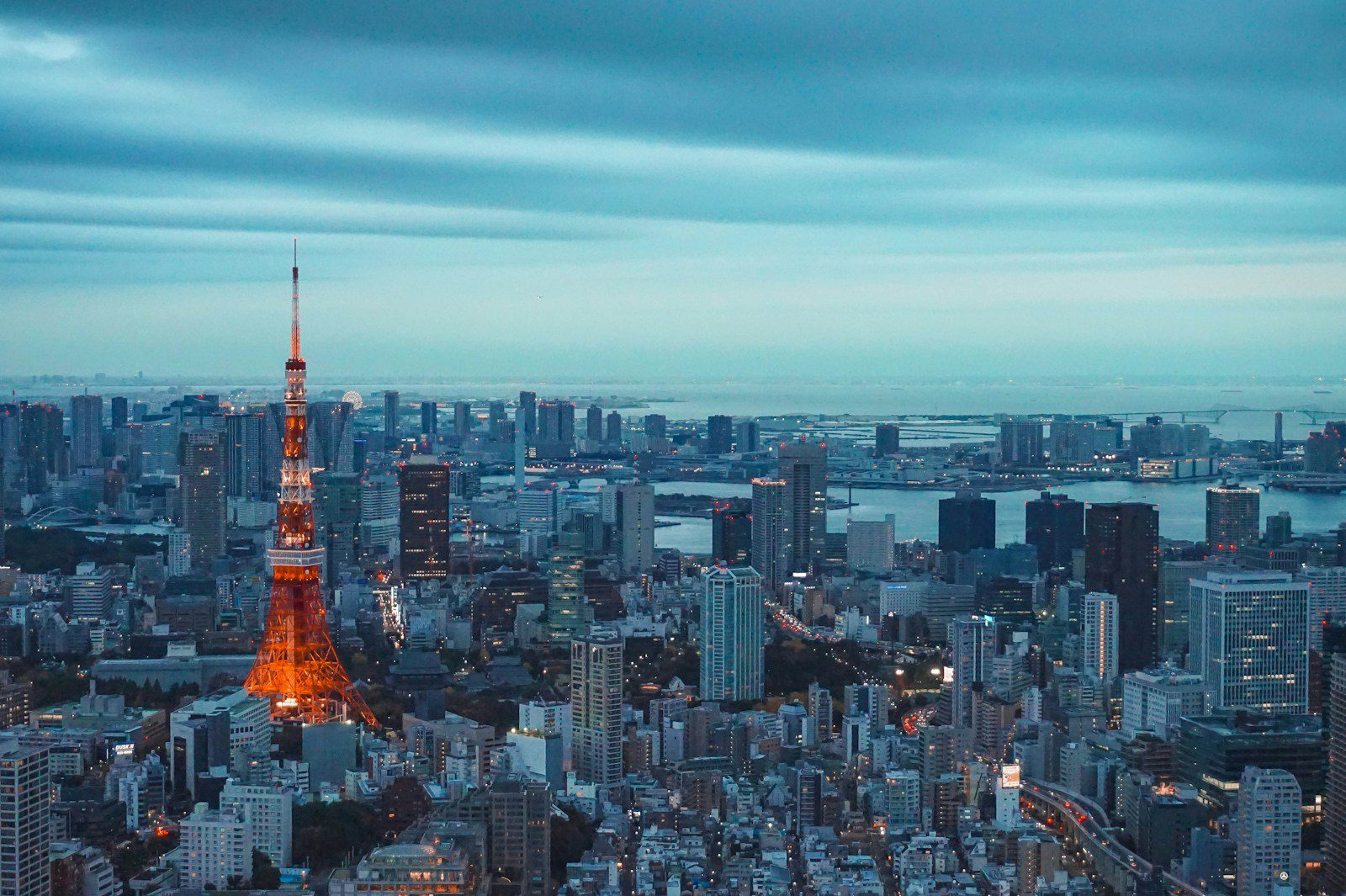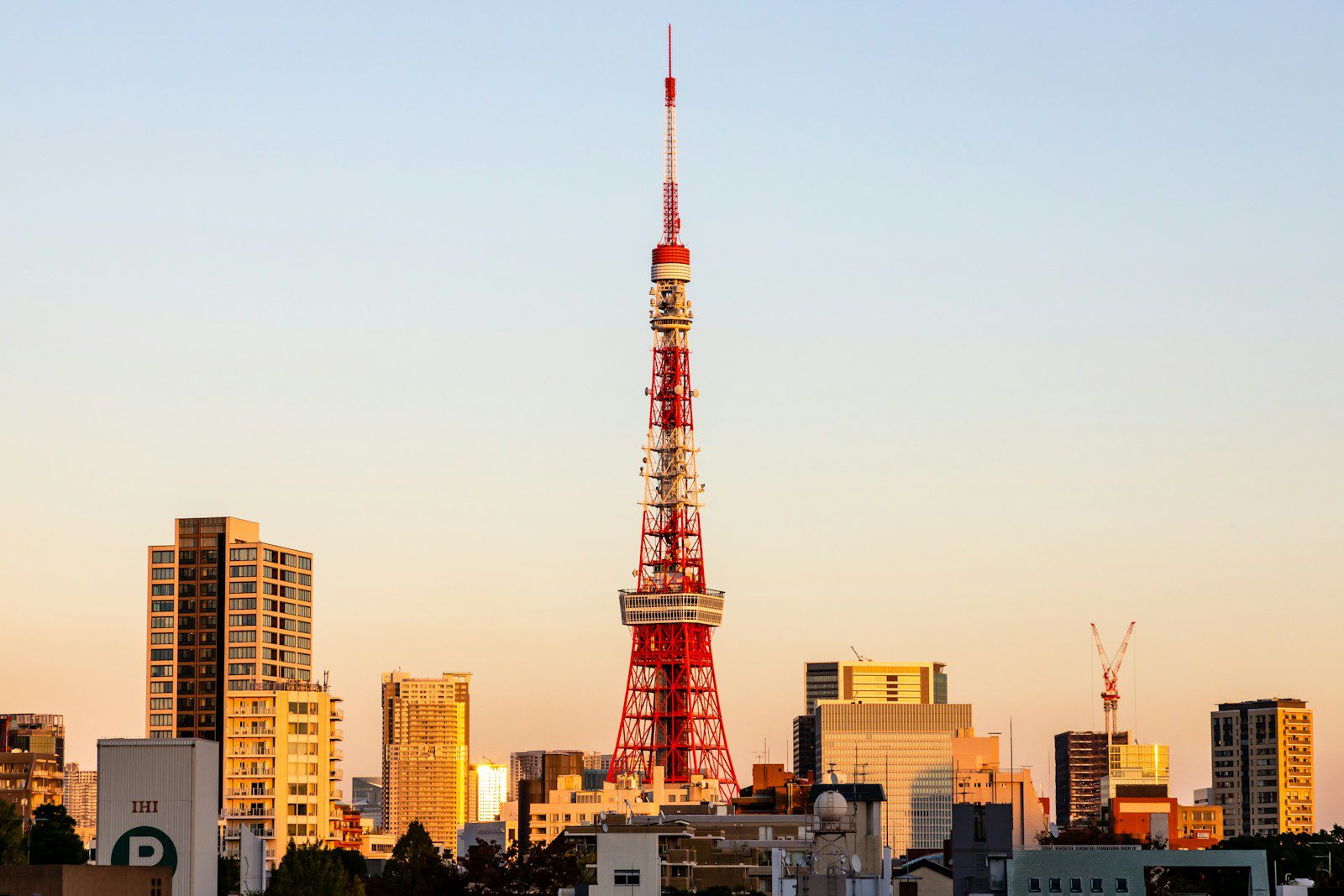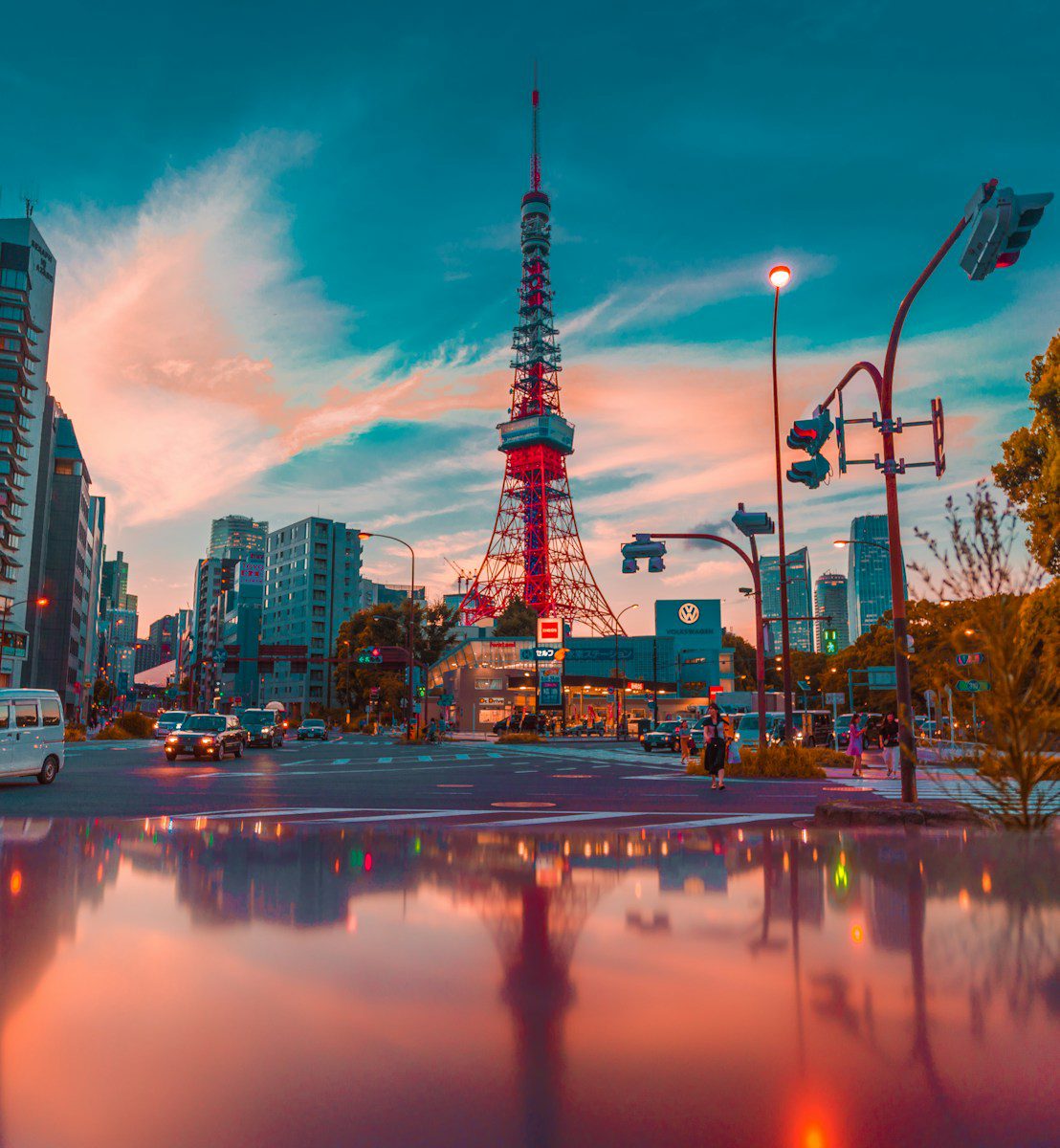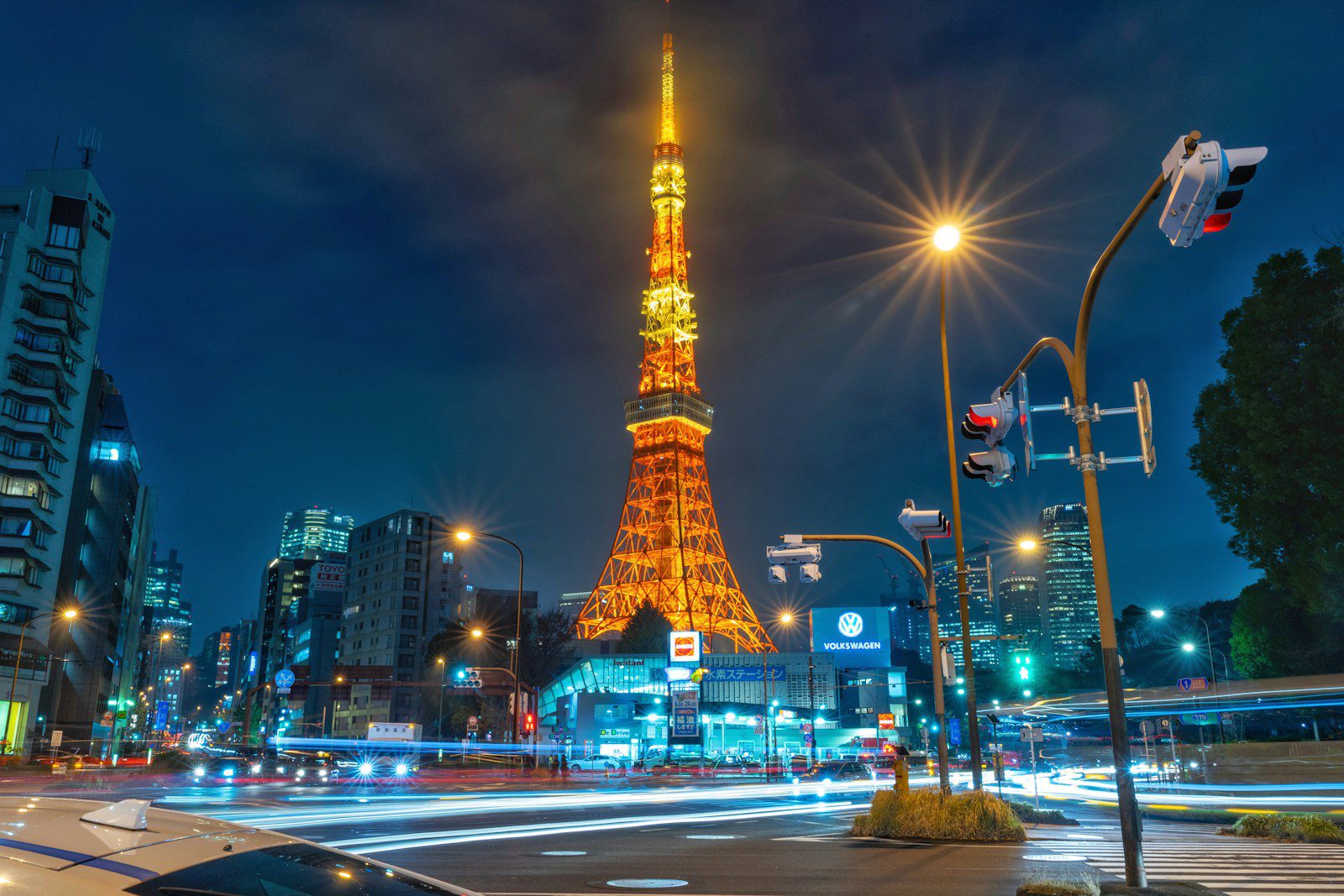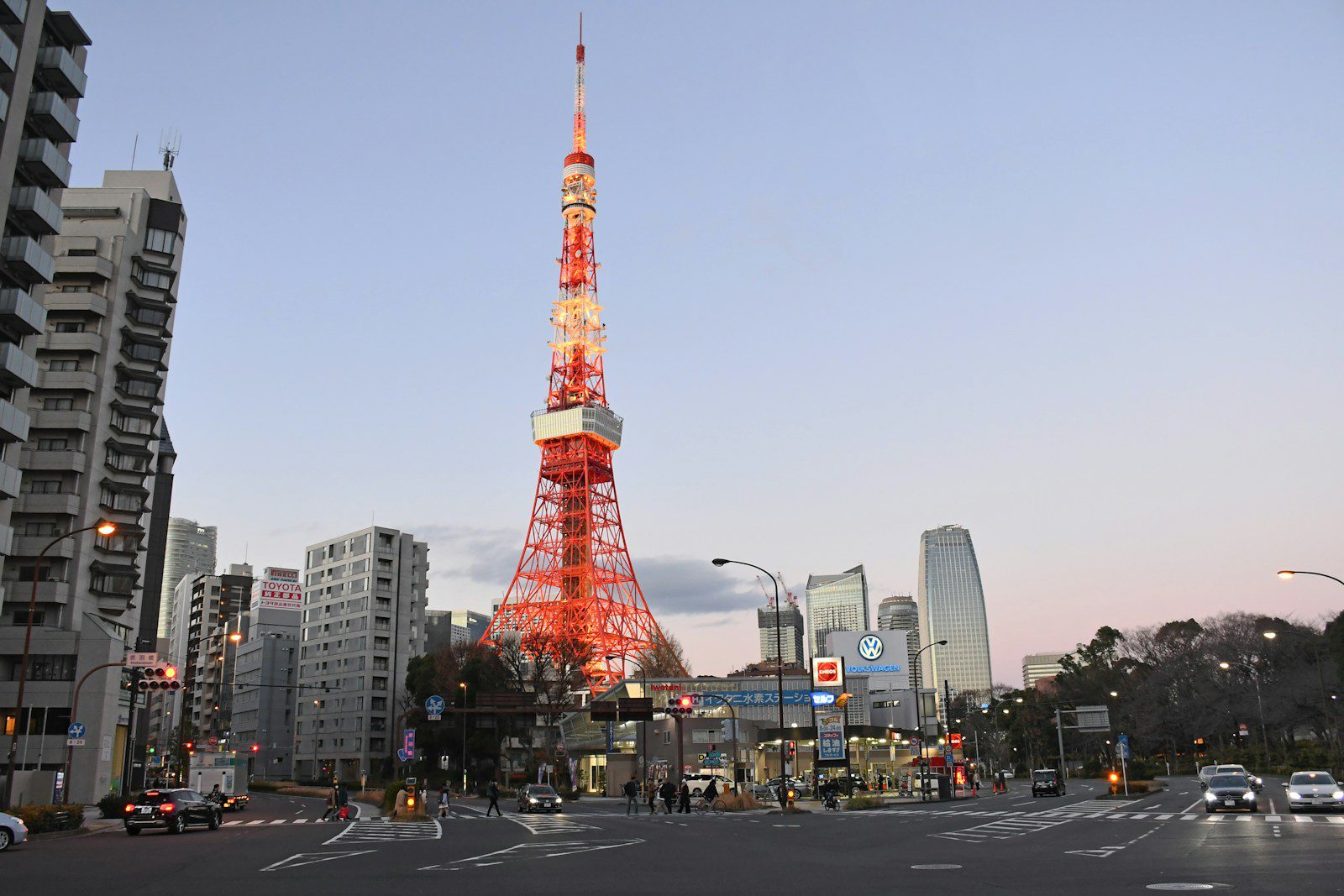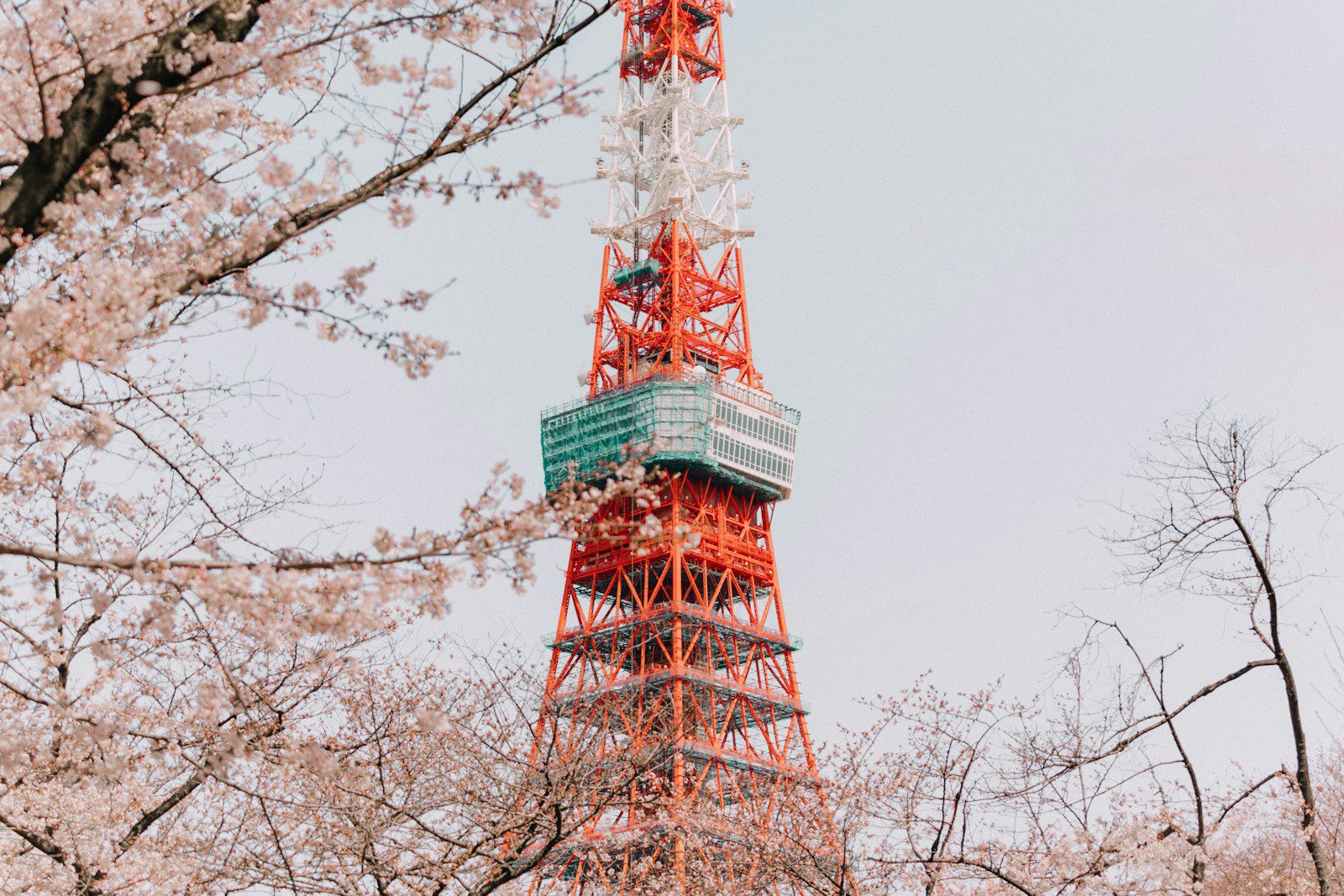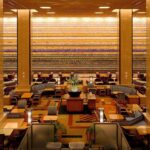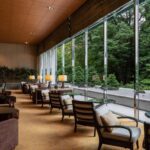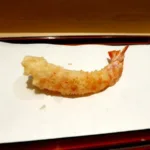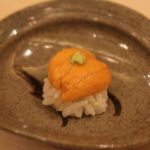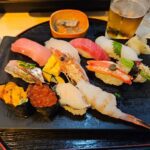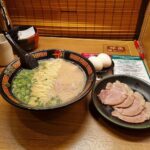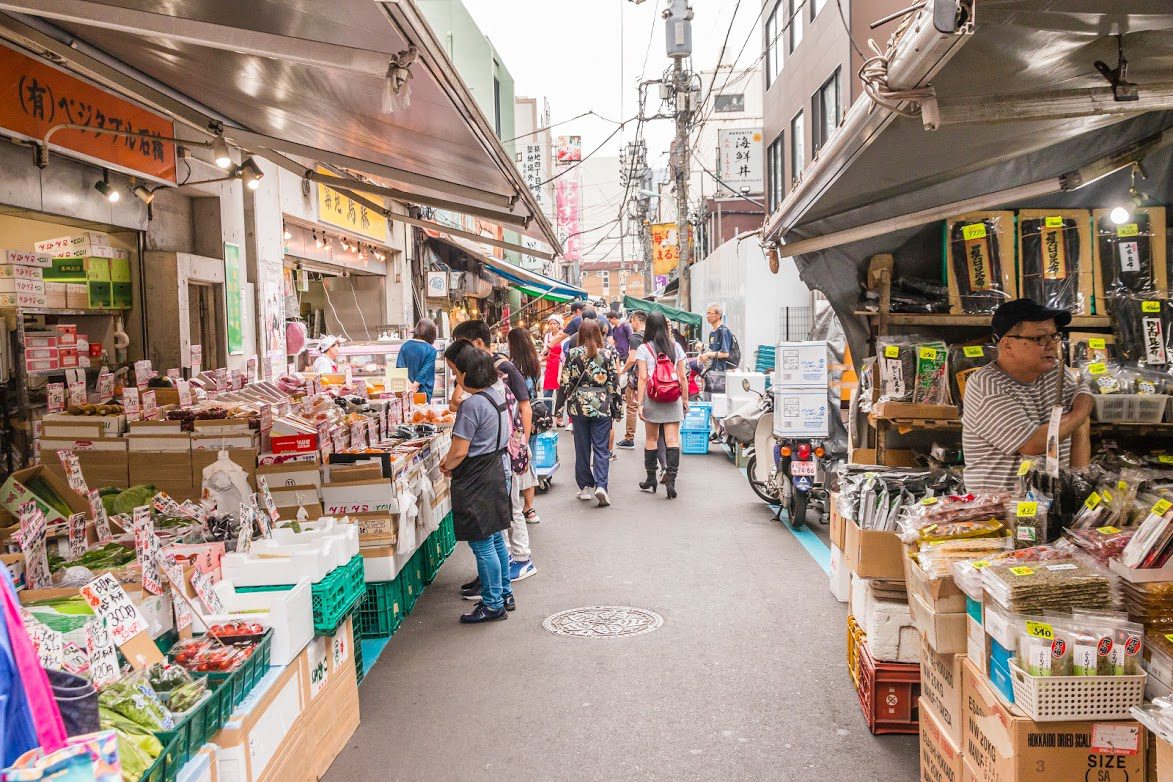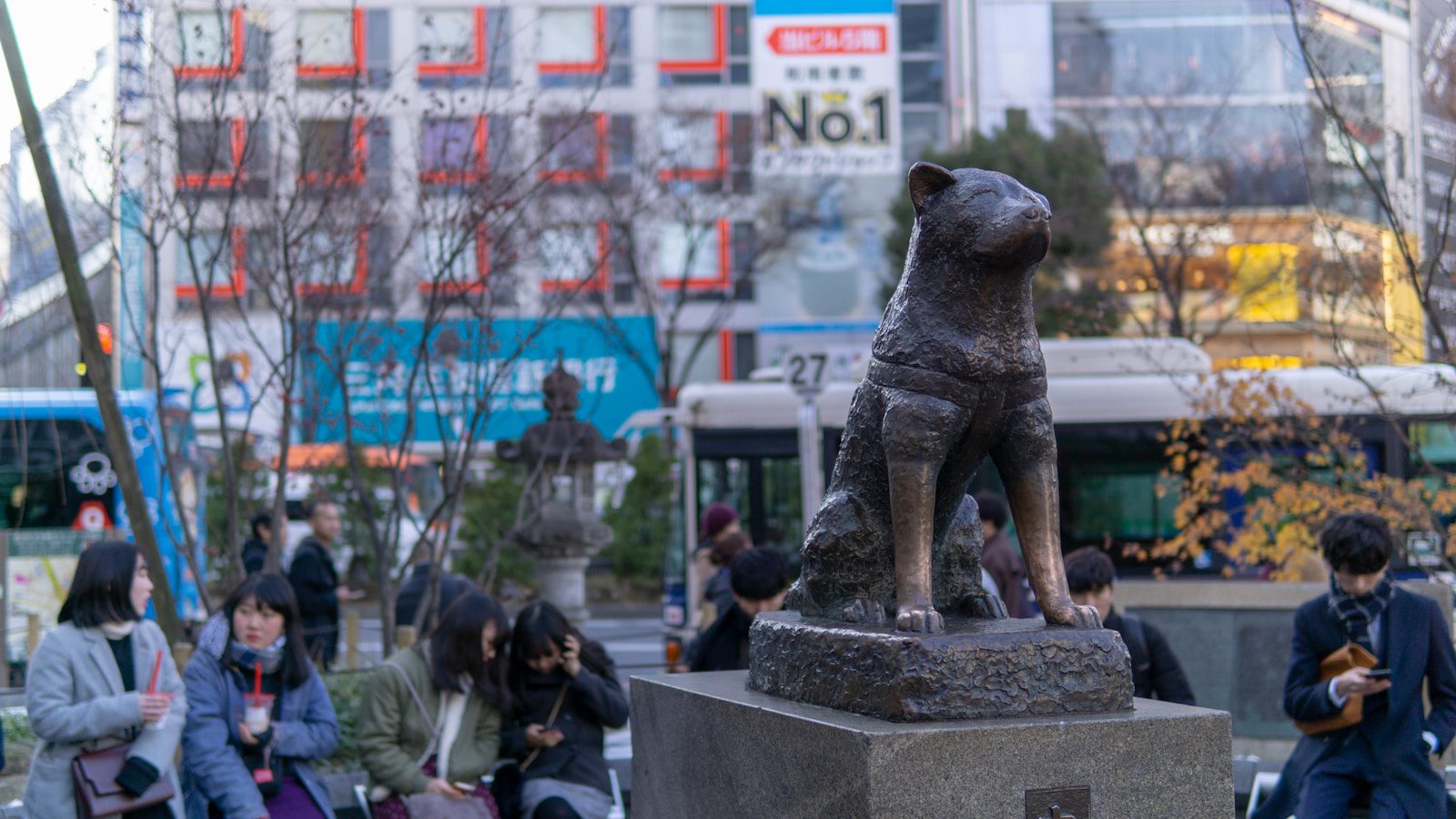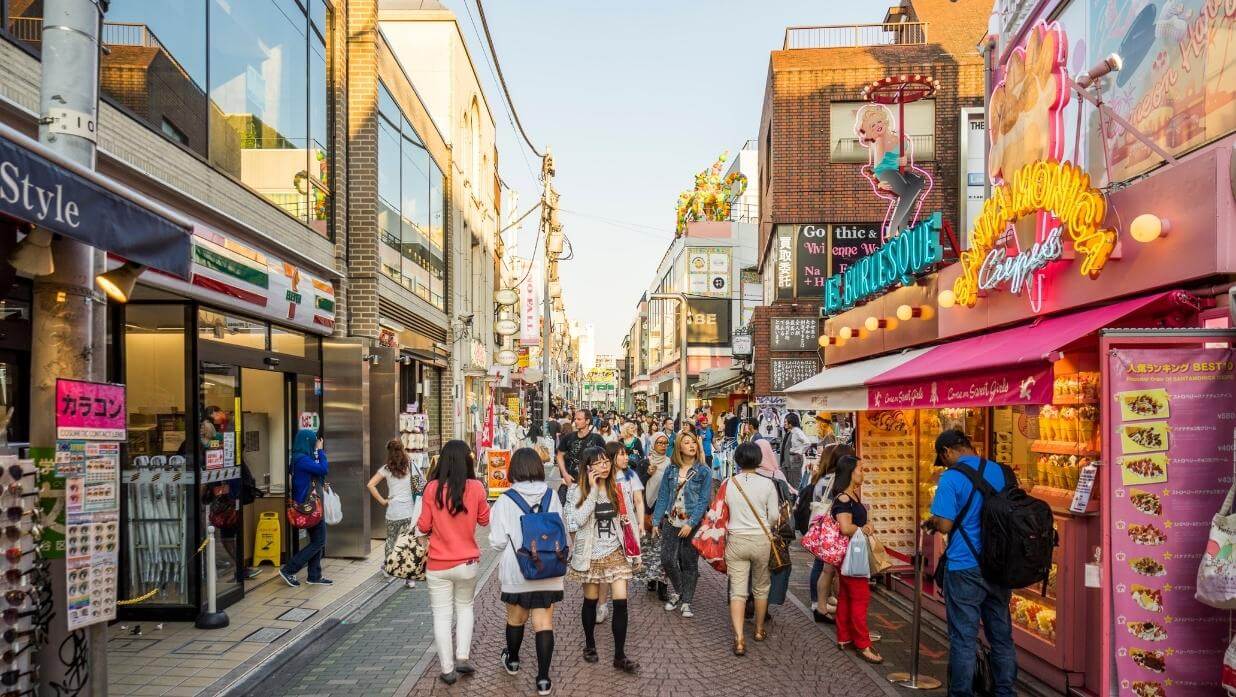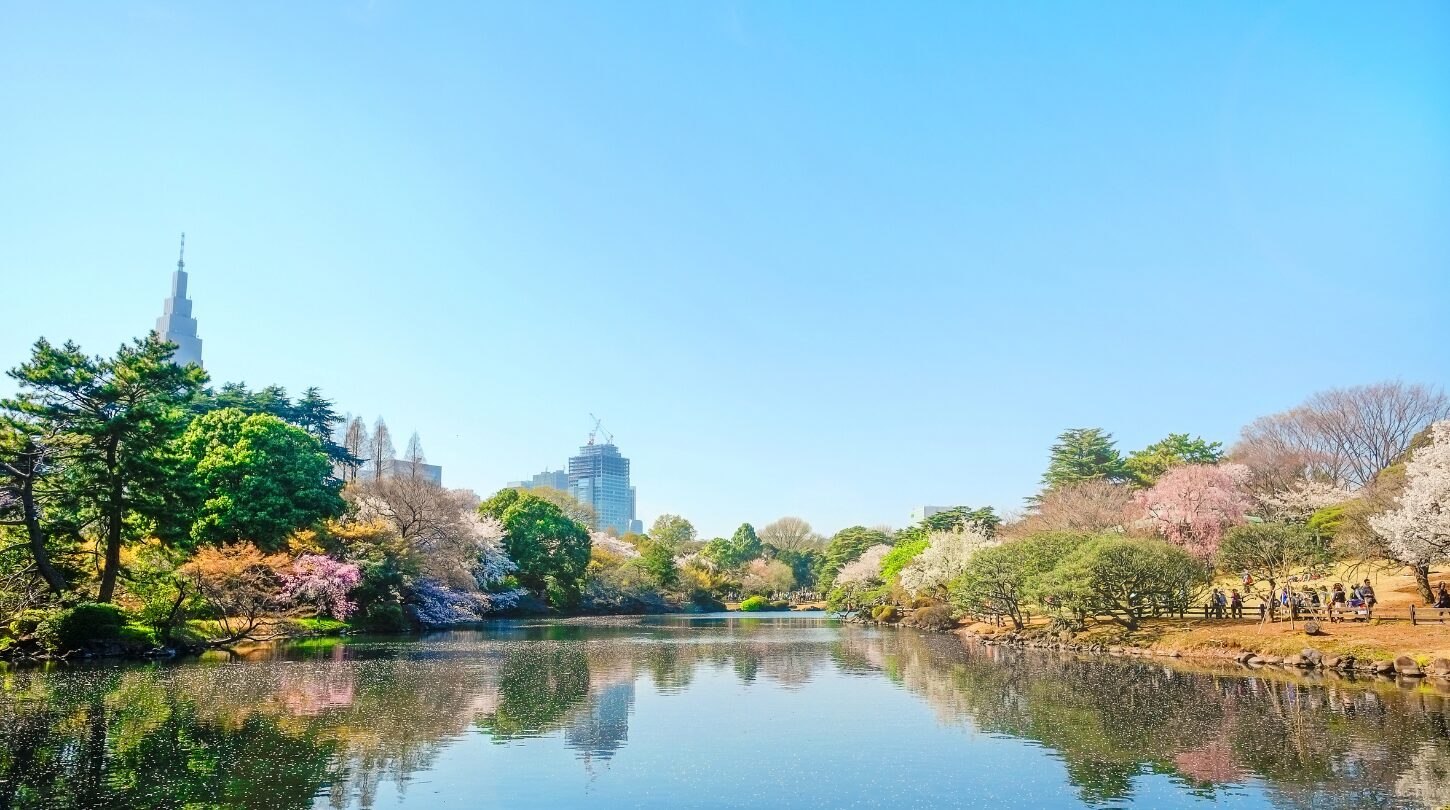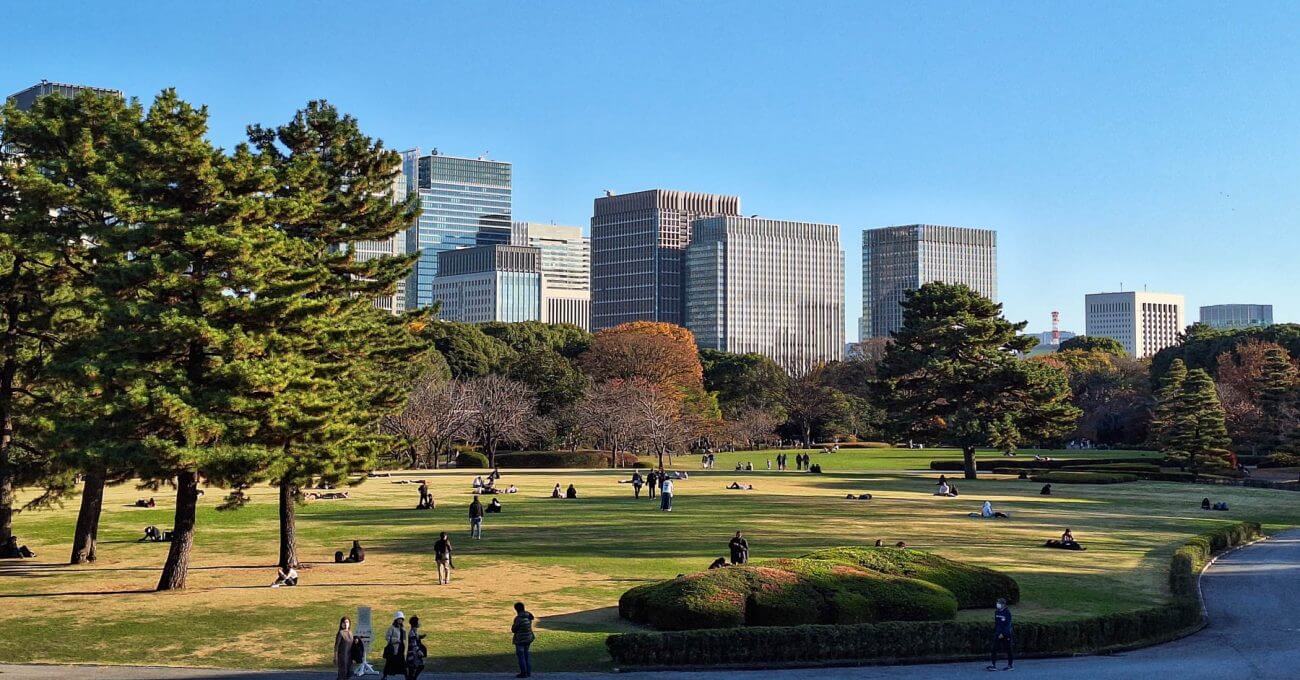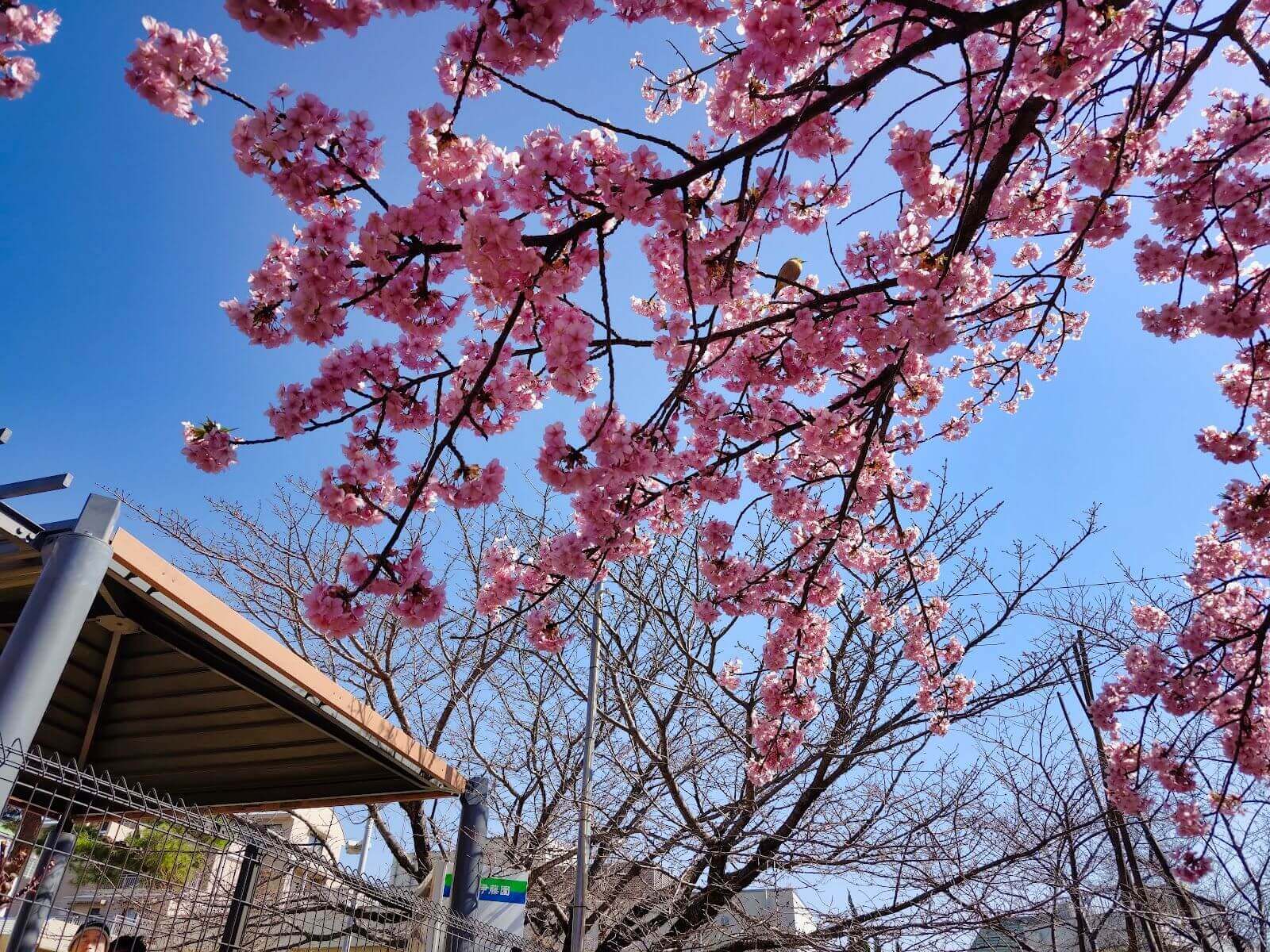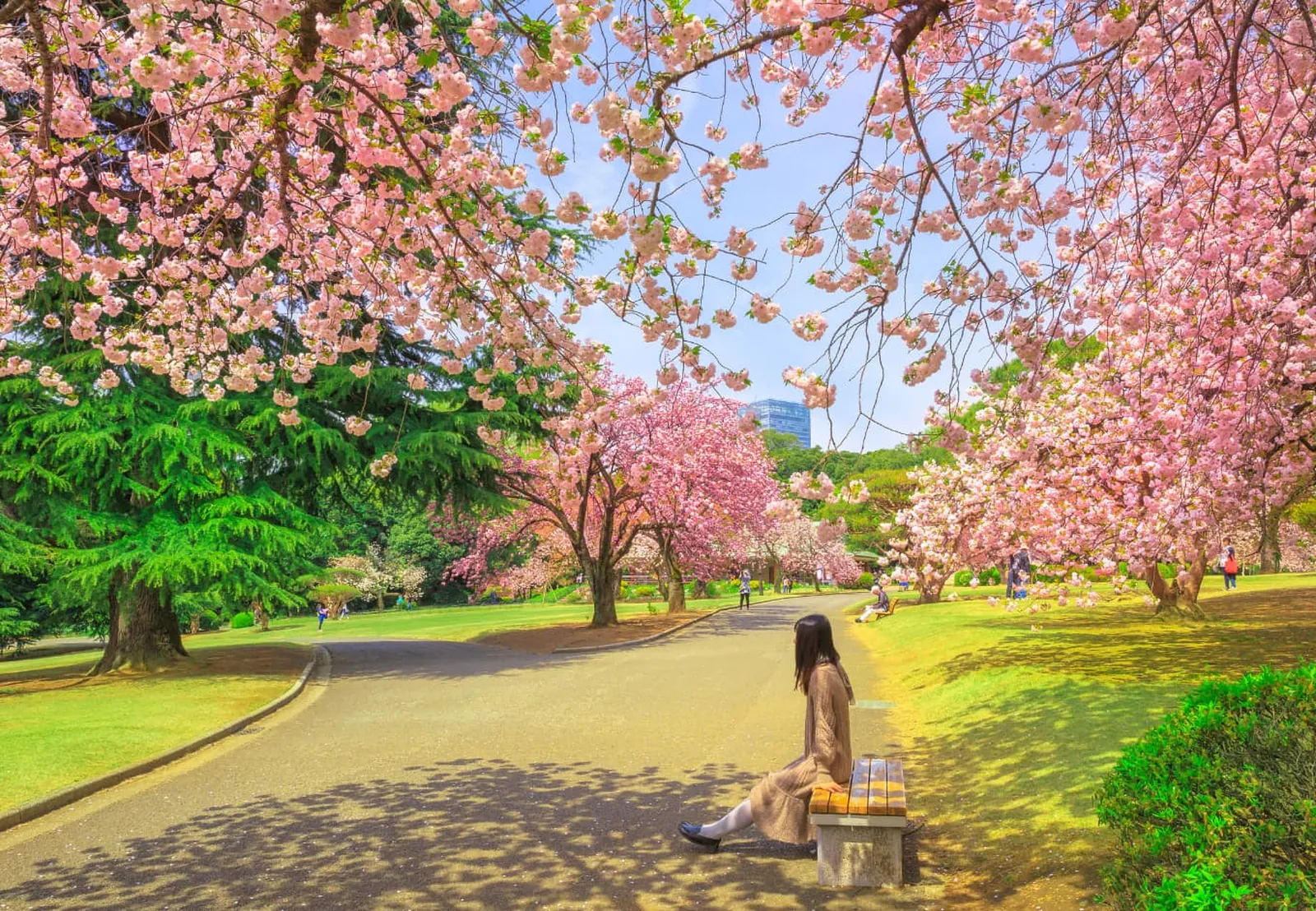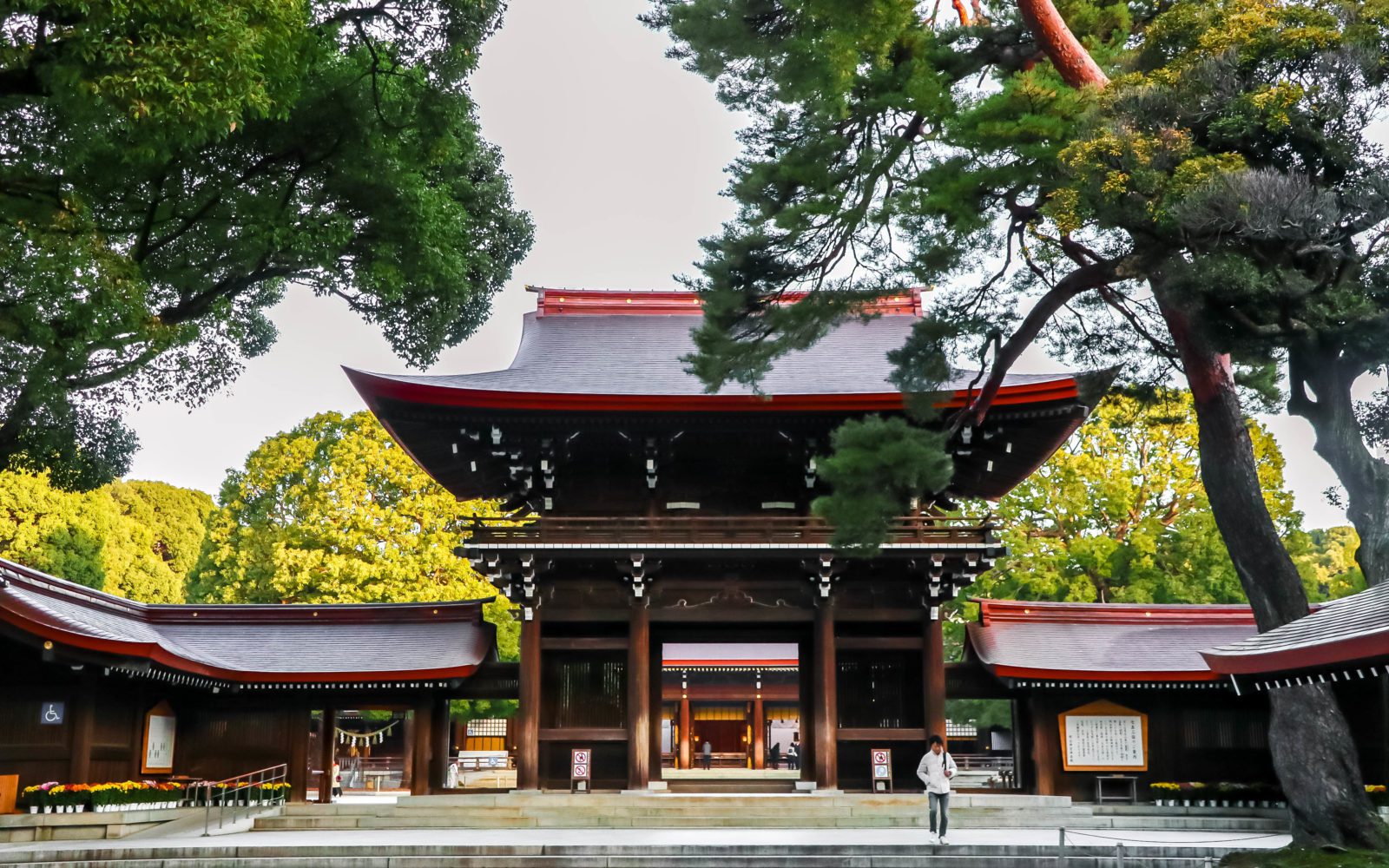Tokyo Tower
Tokyo Tower is a notable building in Tokyo, Japan, recognized for its distinctive red and white striped appearance and observation decks that provide expansive views of the city.
Overview
Tokyo Tower is an iconic tower, which shares architectural similarities with Paris’s Eiffel Tower, stands as a recognizable landmark in Tokyo, Japan.
Visitors can access multiple observation platforms located at different heights, offering panoramic views of the surrounding area.
Beyond its viewing decks, Tokyo Tower houses various attractions including exhibits, dining options, and souvenir shops.
The structure has become both a popular tourist destination and a distinctive element of the city’s skyline, drawing numerous visitors who wish to experience its elevated vantage points and additional amenities throughout the year.
Tokyo Tower: Japan’s Iconic Landmark That Lights Up the Night Sky – Tokyo Tower stands as one of Japan’s most recognizable symbols, a 333-meter tall communications and observation tower that has become an essential part of the city’s skyline.
With an impressive 4.5-star rating from over 83,000 visitors, this architectural marvel offers much more than just spectacular views—it’s a cultural experience that brings together history, modern entertainment, and Japanese innovation.
The Story Behind Tokyo Tower
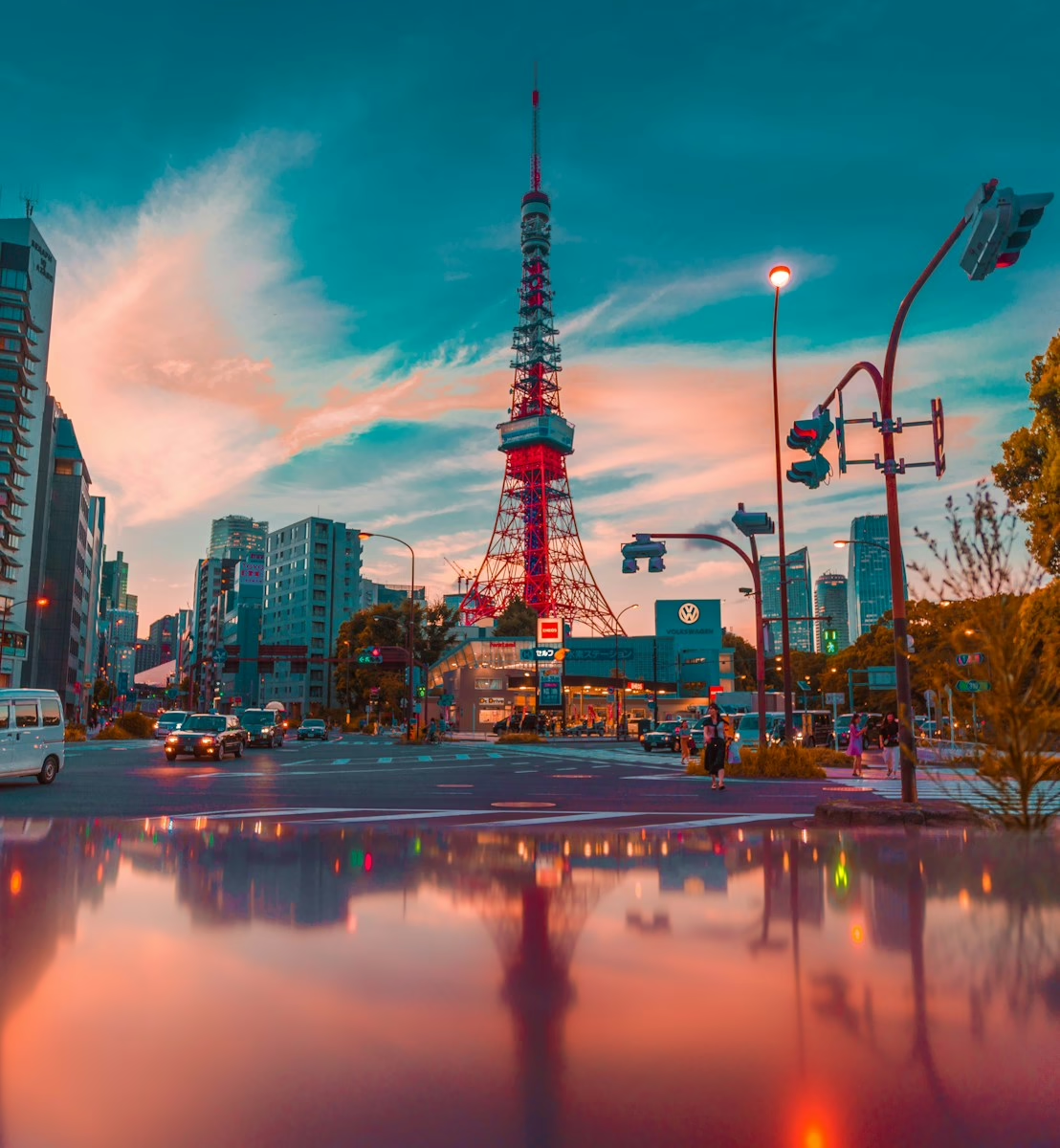
The striking resemblance to the Eiffel Tower is no coincidence. Built in 1958, Tokyo Tower was inspired by its Parisian counterpart but designed to withstand earthquakes and other natural challenges specific to Japan.
What makes Tokyo Tower special is how it has evolved over the decades, from a purely functional communications tower to a beloved tourist destination.
When you visit today, you’re experiencing a structure that has witnessed Japan’s transformation from post-war recovery to economic powerhouse.
The tower’s distinctive orange and white pattern (officially called “International Orange”) helps it stand out against Tokyo’s ever-changing skyline and makes it particularly photogenic both day and night.
What to Experience at Tokyo Tower
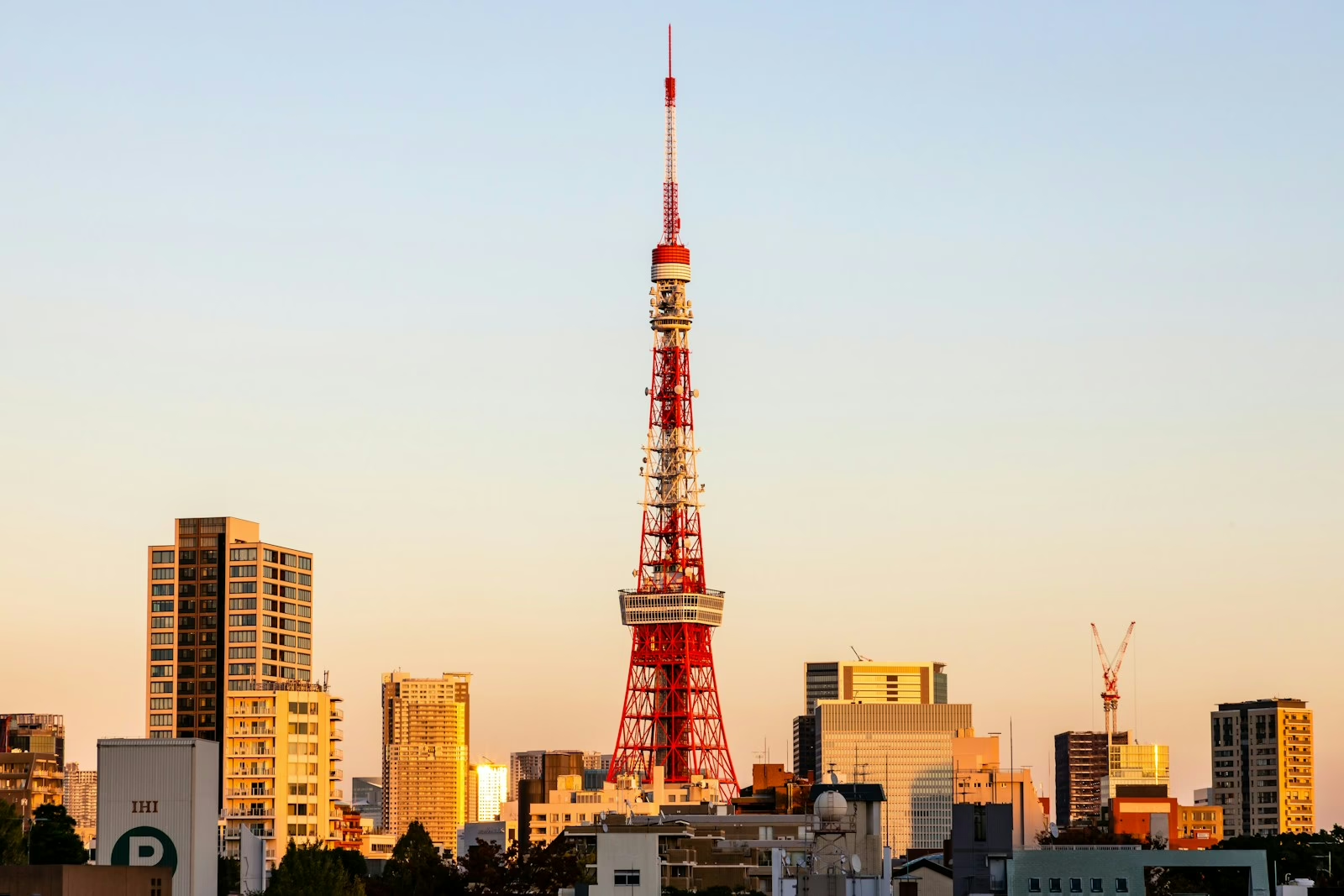
When visiting, you can expect to find a variety of experiences. The tower offers stunning views of the city from its observation decks. Visitors can also explore the tower’s museum, which features exhibits on its history and construction.
Additionally, the tower is home to several restaurants and shops, providing something for everyone. Overall, Tokyo Tower is a great place to learn about the city’s culture and history while taking in the sights.
Observation Decks
Tokyo Tower features two main observation levels that offer dramatically different perspectives of the sprawling metropolis below.
The Main Deck at 150 meters provides 360-degree views through large windows, allowing you to spot landmarks like the Imperial Palace, Tokyo Skytree, and on clear days, even Mount Fuji in the distance.
For those wanting the ultimate view, the Top Deck at 250 meters ups the ante with an even more breathtaking panorama.
The height gives you a true sense of Tokyo’s massive scale—a city that seems to stretch endlessly in all directions.
Tokyo Tower’s Attractions and Shopping
The tower isn’t just about the views. The FootTown building at the base houses several attractions worth exploring.
One highlight is the One Piece Tower (though check if it’s operating during your visit), a theme park based on the wildly popular manga and anime series.
Shopping opportunities abound with souvenir shops offering Tokyo Tower memorabilia and Japanese crafts. You’ll find everything from the expected keychains and postcards to unique items that make perfect gifts for folks back home.
Food and Dining Options
When hunger strikes during your visit, Tokyo Tower has you covered with several dining options. The first-floor houses cafés and casual restaurants, while higher up, you can enjoy a meal with a view at the Main Deck’s café.
For a special experience, consider timing your visit around sunset and into the evening hours. Watching Tokyo transform from a daytime metropolis to a sea of twinkling lights while enjoying dinner or drinks creates memories that last long after your trip ends.
Planning Your Visit to Tokyo Tower
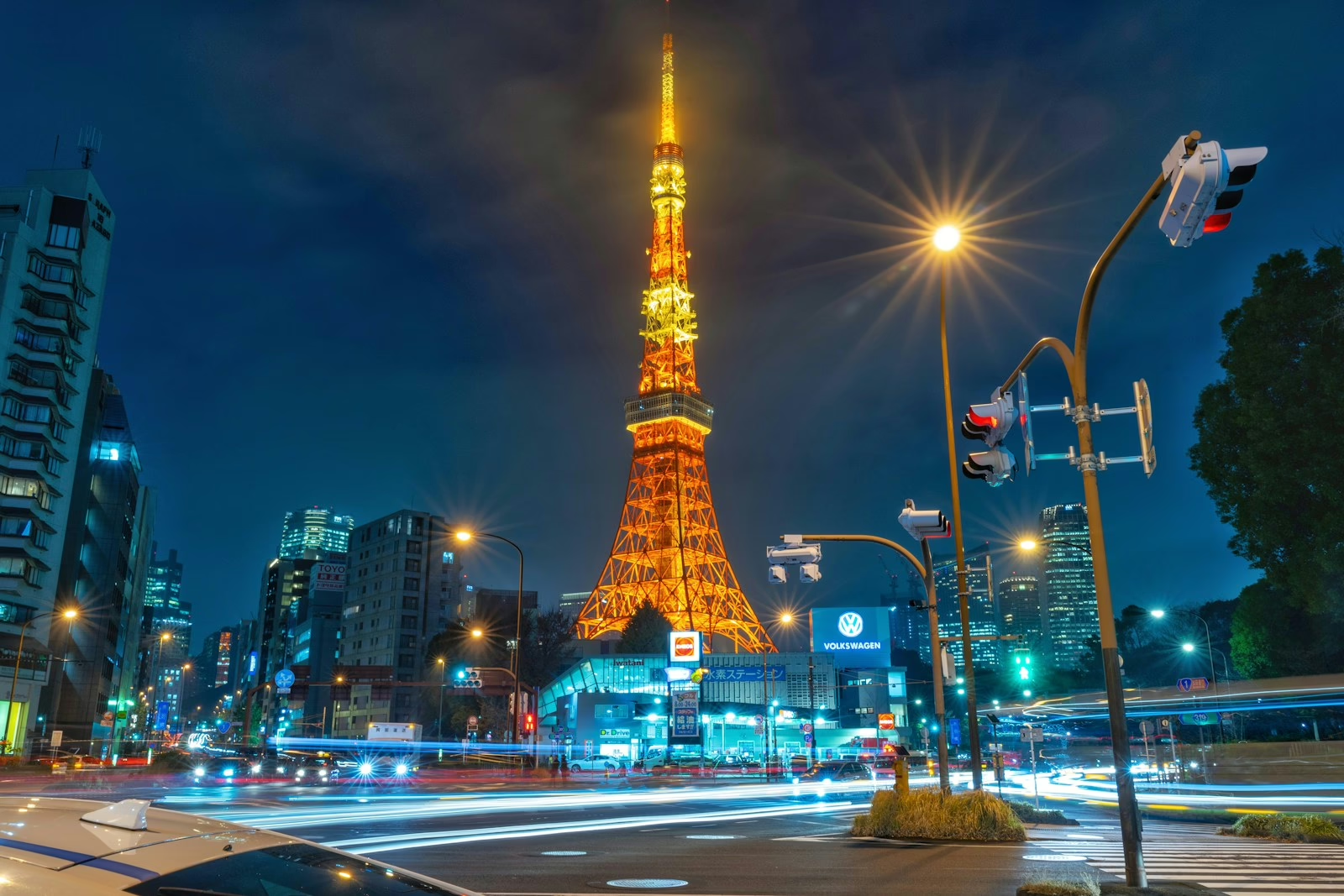
Planning a visit to Tokyo Tower consists of the following planning points:
Best Times to Visit
Tokyo Tower opens daily from 9 AM to 11 PM, giving you flexibility in planning your visit. We’ve found that early mornings offer the most peaceful experience with fewer crowds, while evenings provide that magical illuminated cityscape that appears in so many Tokyo postcards.
Weekdays typically see smaller crowds than weekends. If you’re visiting during cherry blossom season (late March to early April) or autumn foliage (November), expect more visitors as these seasons showcase Tokyo at its most beautiful.
How to Get There
Located in Minato City, Tokyo Tower is accessible via several transportation options. The closest subway stations are:
- Akabanebashi Station (Oedo Line): 5-minute walk
- Onarimon Station (Mita Line): 6-minute walk
- Kamiyacho Station (Hibiya Line): 7-minute walk
The full address is 4 Chome-2-8 Shibakoen, Minato City, Tokyo 105-0011, Japan. Many visitors choose to walk from nearby attractions like Zojoji Temple, which offers a stunning photo opportunity with the temple in the foreground and Tokyo Tower rising behind it.
Ticket Information
Purchasing tickets in advance is recommended, especially during peak tourist seasons. You can buy tickets for just the Main Deck or combination tickets that include access to the Top Deck. Various packages may include entry to special exhibitions or attractions.
If you have your heart set on the Top Deck, be aware that tickets sometimes sell out early in the day, another good reason to arrive in the morning.
Accessibility and Practical Tips
Tokyo Tower welcomes all visitors with wheelchair-accessible entrances and facilities. The observation decks are reached by elevator, making them accessible to everyone. The site also offers wheelchair-accessible parking for those arriving by car.
Families with children will appreciate the kid-friendly atmosphere and activities scattered throughout the tower. The various interactive exhibits and displays keep younger visitors engaged while adults take in the views.
For those driving, paid parking is available on-site, though we recommend using public transportation when possible, as Tokyo’s excellent transit system makes reaching the tower straightforward and avoids the hassle of city driving.
Tokyo Tower Through the Seasons
The changing seasons bring distinct characteristics to Tokyo Tower. As it’s situated in the heart of Tokyo, the tower stands tall through the varying weather conditions. Its presence is a constant in the city’s ever-changing landscape.
Throughout the year, Tokyo Tower offers a unique experience with each passing season.
Spring at Tokyo Tower
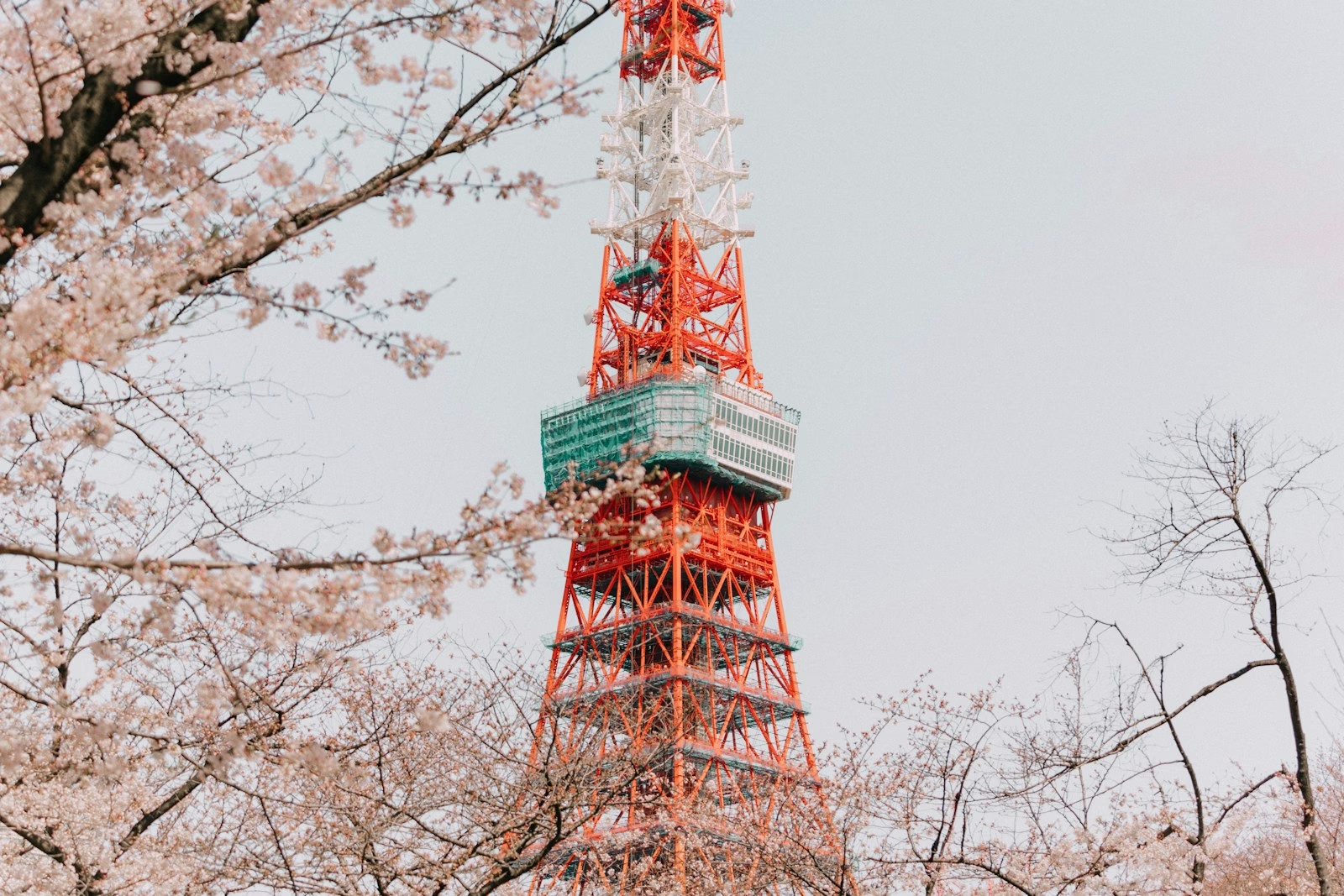
Spring brings cherry blossoms to the parks surrounding Tokyo Tower, creating stunning photo opportunities where you can capture the pink blooms framing the orange tower. The nearby Shiba Park becomes especially popular during this season.
The spring weather also offers some of the clearest visibility of the year, increasing your chances of spotting Mount Fuji from the observation decks on a good day.
Summer Light-Ups
Summer evenings feature special illumination patterns, transforming Tokyo Tower into a beacon of color against the night sky.
The tower often changes its lighting scheme for special events and holidays, so check the official website for any special illuminations during your visit.
Summer also brings traditional events and modern entertainment to the tower plaza, with performances and displays that showcase Japanese culture.
Autumn and Winter Views
Autumn provides some spectacular contrasts, with the changing leaves in nearby parks set against the tower’s bright orange framework.
Winter brings its own magic with holiday illuminations and the chance to see the rare sight of Tokyo covered in snow from your high vantage point.
The colder months also tend to have clearer air, offering some of the best long-distance visibility of the year from the observation decks.
Beyond the Views: Tokyo Tower’s Role in Japanese Culture
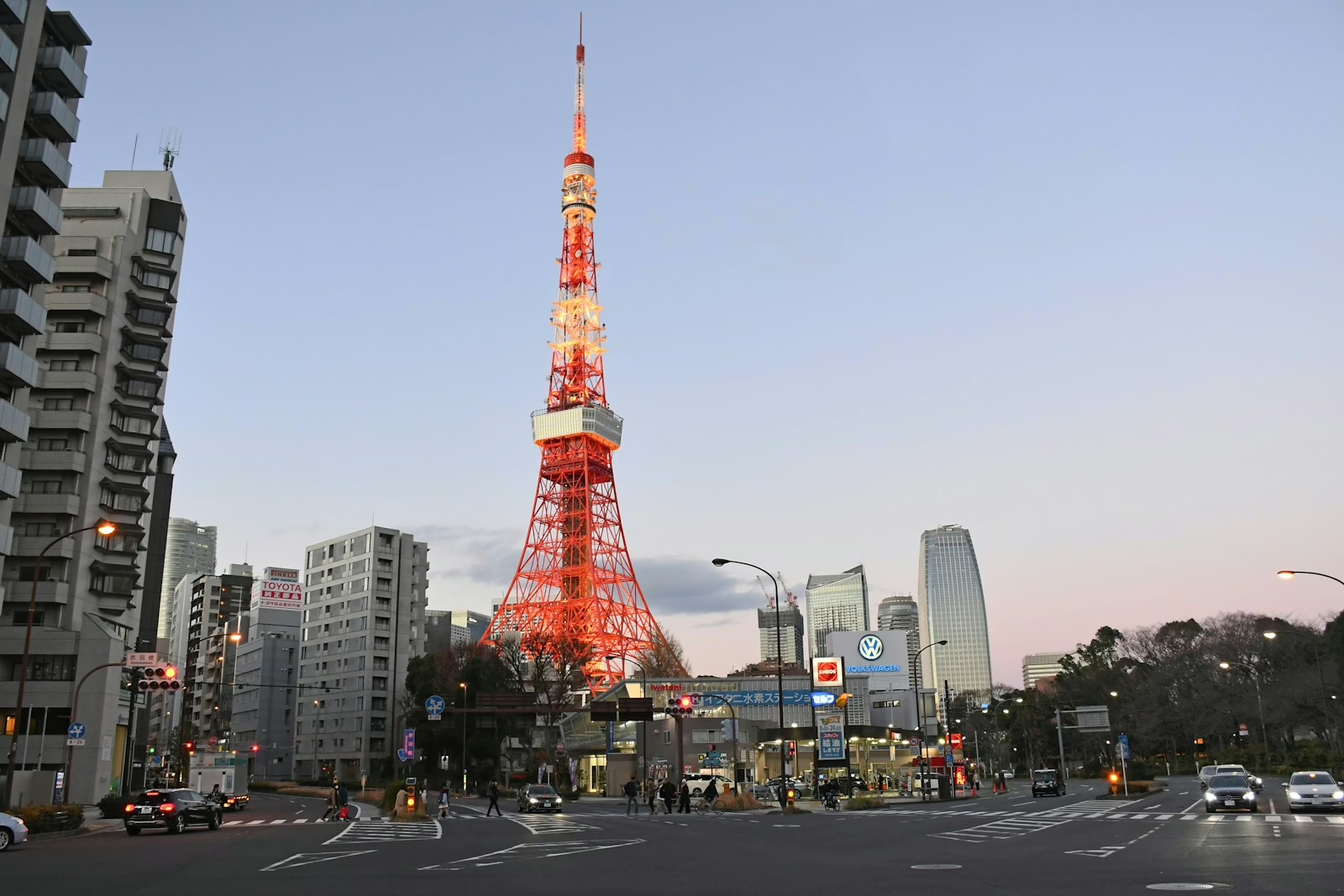
Tokyo Tower has cemented its place in Japanese pop culture, appearing in countless movies, anime, and TV shows. For fans of Japanese media, visiting the tower can feel like stepping into scenes from favorite films or series.
The tower has witnessed Tokyo’s evolution for over 60 years and continues to represent both the city’s past and its forward-looking vision.
While newer, taller structures like Tokyo Skytree have joined the skyline, Tokyo Tower maintains its special place in the city’s identity and heart.
Attraction Types
Related Tours
Powered by
Related Tours
Powered by
Related Tours
Powered by
Things to Know
- Onsite services
- Wheelchair accessible entrance
- Wheelchair accessible parking lot
- Getting tickets in advance recommended
- Good for kids
- On-site parking
- Paid parking lot
Our Notes & Verdicts
Our Rating: 4.8
We couldn’t help but be awestruck by Tokyo Tower the moment we laid eyes on its vibrant red-and-white frame piercing the sky. Climbing up to the observation deck felt like stepping into a postcard—Tokyo’s endless sprawl unfolded before us, with Mount Fuji peeking through on clear days. The energy of the city buzzed below as we snapped photos and soaked in every angle. Even the little shops and art gallery at the base added a delightful touch to our visit. With a personal rating of 4.8, we found it to be a perfect blend of touristy charm and genuine wonder, and we’re already planning our next trip back to see the city lights at night!
🏨 Related Accommodations
-
Imperial Hotel Tokyo
1-1-1 Uchisaiwaicho Chiyoda-ku, Tokyo 100-8558, Japan
-
Shangri-La Tokyo
Chiyoda-ku, Marunouchi Trust Tower Main, 1-8-3 Marunouchi, Tokyo 100-8283, Japan
-
The Prince Park Tower Tokyo
4-8-1 Shibakoen Minato-ku, Tokyo 105-8563, Japan
-
Sheraton Miyako Hotel Tokyo
1-1-50 Shirokanedai, Minato-ku, Tokyo 108-8640, Japan
-
Ascott Marunouchi Tokyo
1-1-1 Otemachi, Chiyodaku, Tokyo 100-0004, Japan
Not sure which hotel to select? Try these hotel search engines below
🍽️ Related Restaurants
-
-
-
Sushi Saito
1-4-5 1F Ark Hills South Tower, Roppongi, Minato 107-0052 Tokyo Prefecture
Japanese, Seafood
-
Sushizanmai Tsukijiekimae-Ten
3-11-9 Tsukiji Square bldg1F, Tsukiji, Chuo 104-0045 Tokyo Prefecture
Sushi, Healthy
-
Operating Hours
Location
Nearest Train Station(s)
Akabanebashi (Oedo Line), Kamiyacho (Hibiya Line), and Onarimon (Mita Line). Hamamatsucho (JR Yamanote and Keihin-Tohoku Lines) is also a good option, though a bit further away.
Nearest Bus Stop(s)
The closest bus stops to Tokyo Tower are the "Tokyo Tower" and "Higashi-Azabu Itchome" bus stops operated by Toei Bus.
Tokyo Trip Add-Ons
Equip yourself for the ultimate Tokyo adventure with the following add-ons, curated just for you.
Frequently Asked Questions (FAQs)
Tokyo Tower holds a unique place in Japan’s history and culture. Completed in 1958, it was built during Japan’s post-war recovery and quickly became a symbol of the nation’s resilience and technological advancement. Its striking red and white design, inspired by the Eiffel Tower, stands as a beacon of hope and modernity. The tower not only serves as a broadcasting hub but also offers panoramic views of Tokyo, and on clear days, even Mount Fuji is visible. Its construction, partly using scrap metal from American tanks, further symbolizes resourcefulness and the spirit of renewal that defined Japan’s rapid economic growth after World War II.
While you can freely enter the base area known as FootTown, accessing the observation decks of Tokyo Tower requires an admission fee. There isn’t a free option to walk up to the main or top observation decks; adults typically pay between ¥900 and ¥1,400 depending on which deck they wish to visit. The climb itself is usually done via elevator, but there are occasional “stair climb” events with a separate fee.
Tokyo Tower is slightly taller than the Eiffel Tower. Tokyo Tower stands at 333 meters, while the Eiffel Tower reaches about 330 meters to the tip. Despite the small difference in height, Tokyo Tower has more floors-fifteen compared to the Eiffel Tower’s three-making it not only taller but also more expansive in terms of interior space.
A popular legend associated with Tokyo Tower says that if you watch the moment the tower’s lights turn off at midnight with your lover, you will find happiness together. This romantic myth draws many couples to the base of the tower late at night, hoping to share in the magic of the moment.
Yes, Tokyo Tower’s design was directly inspired by the Eiffel Tower in Paris. Japanese architect Tachū Naitō adapted the French model, adding unique engineering features to withstand earthquakes and typhoons, and giving it a distinctive red and white color scheme to comply with aviation regulations. The result is a structure that pays homage to its European inspiration while embodying Japanese innovation and resilience.
Tokyo Tower is famous for its nighttime illuminations. The tower features two main types of lighting: the “Landmark Light,” which bathes the structure in warm orange hues during winter and cool white in summer, and the “Infinity Diamond Veil,” a newer, more dynamic display. Special light shows and seasonal events, such as the Winter Fantasy Orange Illumination, further enhance its presence on the Tokyo skyline, making it a beloved sight after dark.
Disclaimer
While we at Tokyo Trip Guide do our best to show you accurate prices, we just can't promise they'll stay the same. Here's why: since we're not actually selling anything ourselves - we work with partner companies who set their own prices - we can't control what deals they offer. That's why it's best to check directly with our suggested deal providers to see their latest prices for attraction tickets.
Just so you know, if you end up buying something from the providers we list here, we might get a small commission. We'd be really happy if you used our recommended links to make your bookings!

